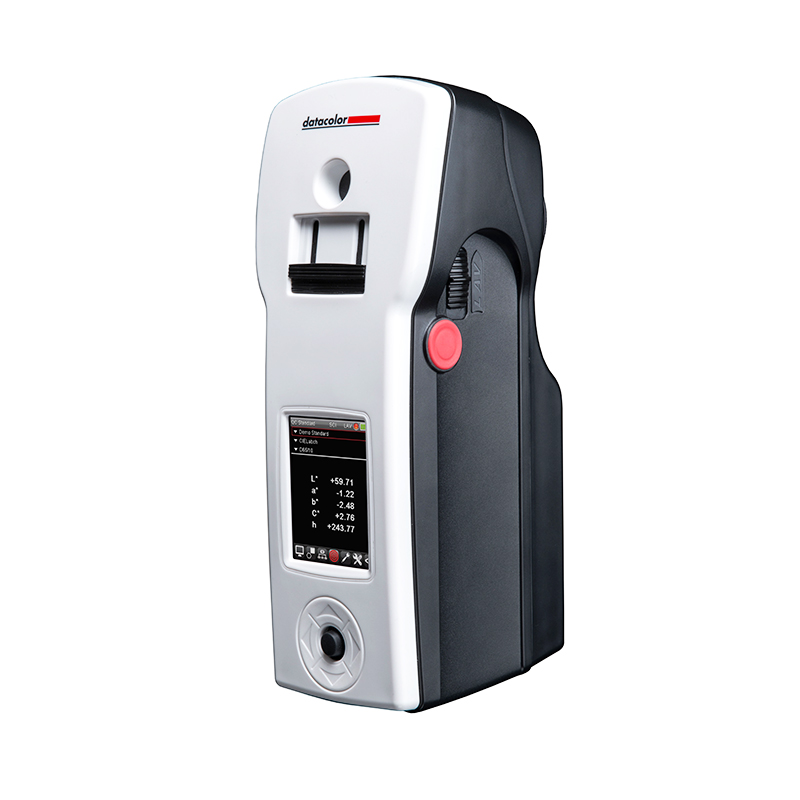
Minolta and DataColor Colorimeters
Colorimetry is the study of colors as the human eyes perceive them. As such, colorimeters (also known as chroma meters, color meters or color readers) do not measure spectral output on wavelengths like spectrophotometers, but rather give red, blue and green chromaticity coordinates or values in much the same way that human eyes see color. In the past, these measurements were done with three glass filters which matched up with different colors. These would let radiation from wavelengths of the blue, green and red parts of the visible spectrum pass through, but no other wavelengths.
These measurements have a number of applications. Since they help compute a person’s perception of color, they are frequently used in R&D to help develop electronic devices with screens, including phones, tablets and computers. Although there are other methods of measurement that are more comprehensive, like spectrometry, the readings from colorimeters offer more relevant data.
In addition, scientists can use chroma meters to analyze chemicals that have chromophores. These are areas in the chemicals that take in visible radiation. Research in fields such as pharmaceuticals and histology can benefit from quantifying colors to properly measure their subjects.
Color readers also can serve as quality control monitors for production lines or food. Makers of toys, textiles and other products could utilize them to ensure that colors are equivalent for all items. Chroma meters can be used to do the same for food too.
DataColor and Konica Minolta Portable Spectrophotometers give you solution. DataColor Check 3 is ideal for the formulation and quality control needs of color professionals in the paint, coatings, plastics and textile industries. The new product CM-26d portable spectrophotometer can be used in industry of automobile and IT.

